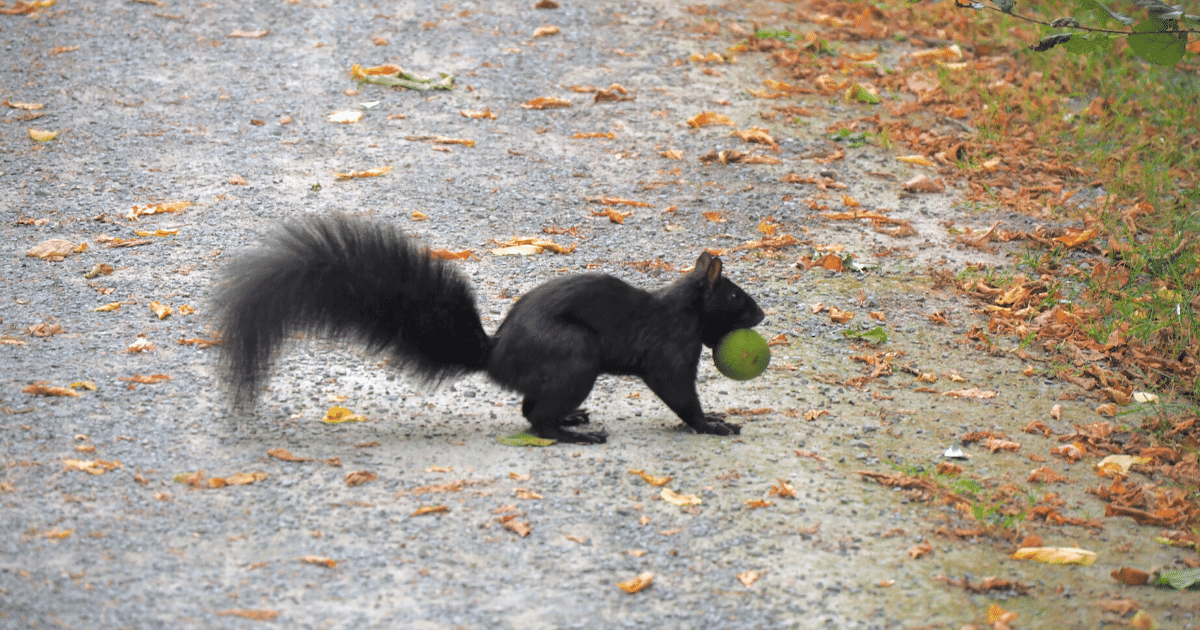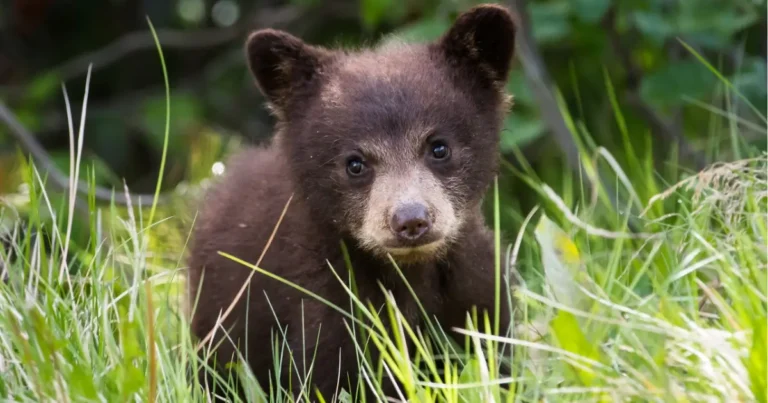
Photo by Jennifer Seeman / Getty Images
Canadians of all ages are preparing for a big schedule shift: back to school time. While parents celebrate and children drag their feet, it’s important to remember that these seasonal changes can have a big impact on wildlife.
These tips from The Fur-Bearers can help keep you, your companion animals, and local wildlife safe, as school schedules return:
- Slow down! Having hundreds of children suddenly on the sidewalks at 8 am, or a significant uptick in traffic near schools is a massive change in an ecosystem. Wildlife may take time to adapt their schedules to the changes in ours, so be sure to slow down, give yourself extra time, and be on the look out for animals you may not be used to seeing.
- Lunch, litter, and attractants. The presence of wildlife near schools often sends alarm bells through a community. But it makes a lot of sense that animals may be curious about schools – particularly if you look in open-access garbage cans around playgrounds. Talk with your kids and school administrators about lunchtime litter and attractants – and the importance of putting food waste into secure, indoor containers to prevent attracting wildlife.
- Pets have routines, too. A change in your routine may mean a change in the routine of your companion animals. Pets being let outside for longer periods of time without direct supervision, pets being off-leash, and even the change in schedule of daily walks are all opportunities to practice mindful coexistence and take steps to reduce negative encounters with wildlife.
- Give them space. Back to school time is the unofficial start of autumn, and that means changes in how wildlife behave. For example, squirrels begin picking up their foraging behaviours, and animals like skunks are on the move, seeking out new den sites after being “encouraged” to move on by their mothers. You can expect to see wildlife behaving a bit differently, and the best way to respect the individuals in your community is to give them the space they need to stay wild and exercise these behavioural needs.
Are there tips specific to your community or neighbourhood you think wildlife or people could benefit from? Let us know in our social media channels or by sending an email to info@TheFurBearers.com!
